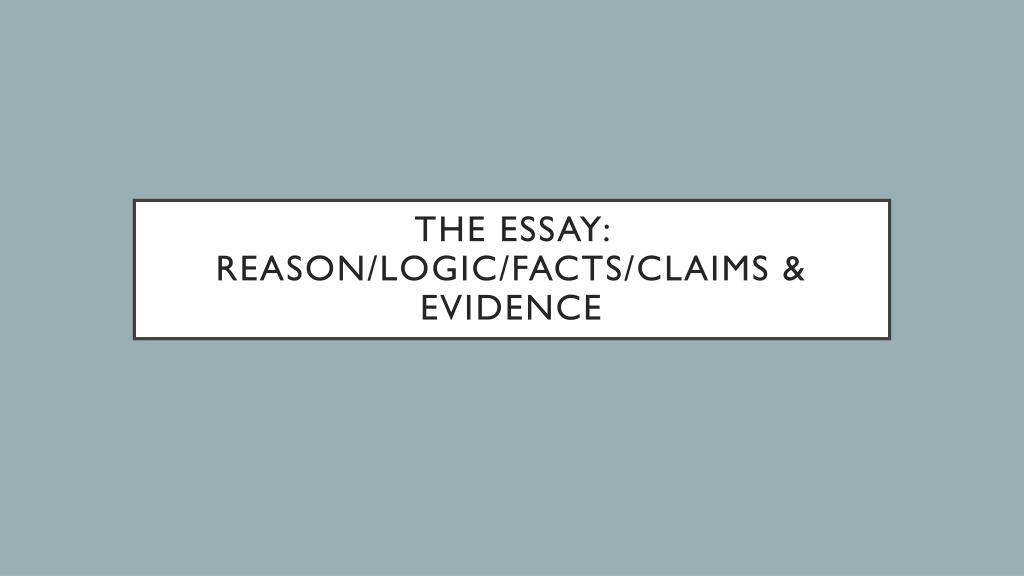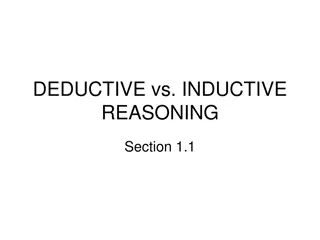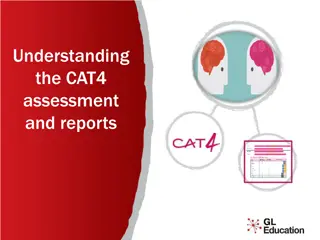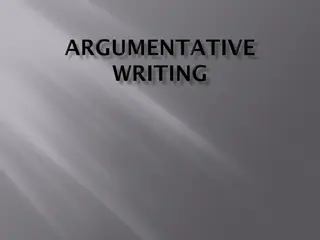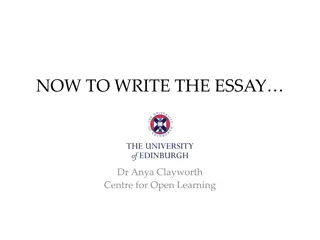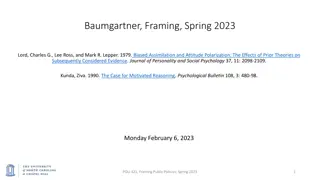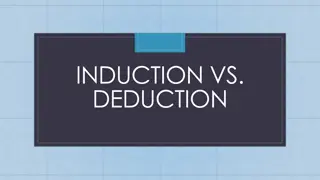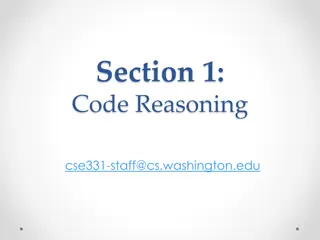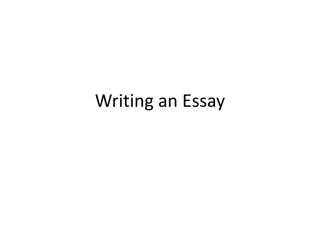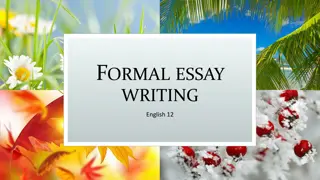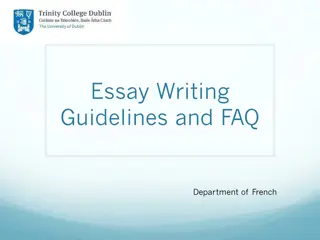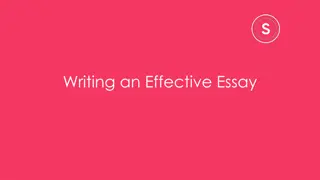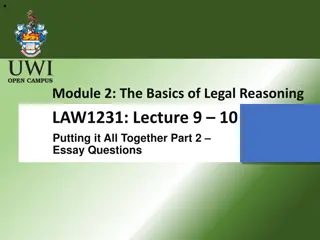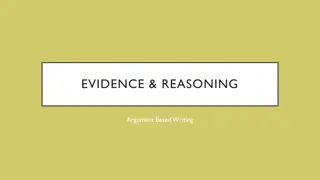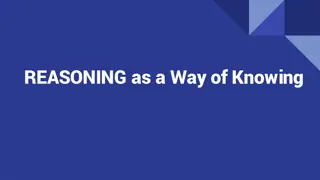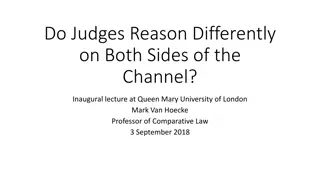The Essay: Reasoning and Evidence
Delve into the art of constructing persuasive essays using reason, logic, facts, and evidence to support claims effectively. Empower your writing with sound arguments and credible information.
Download Presentation

Please find below an Image/Link to download the presentation.
The content on the website is provided AS IS for your information and personal use only. It may not be sold, licensed, or shared on other websites without obtaining consent from the author.If you encounter any issues during the download, it is possible that the publisher has removed the file from their server.
You are allowed to download the files provided on this website for personal or commercial use, subject to the condition that they are used lawfully. All files are the property of their respective owners.
The content on the website is provided AS IS for your information and personal use only. It may not be sold, licensed, or shared on other websites without obtaining consent from the author.
E N D
Presentation Transcript
THE ESSAY: REASON/LOGIC/FACTS/CLAIMS & EVIDENCE
CLAIMS The claim is like the thesis; it is the author s assertion about what should be felt/done about a situation. You could think about it as linked to purpose and why the writer is writing. To Sometimes it s stated explicitly, and other times, it s implied. EXPLICIT: Carter CLAIMS that the Arctic Wildlife Refuge must be preserved. IMPLICIT: Elie Wiesel s Night makes an implicit claim that the horrors of the Holocaust must not be forgotten so as not to be repeated.
REMEMBER THE NEW YORKER COVER? What IMPLICIT claim does it seem to be making?
CONCESSION A writer may make a concession, or an acknowledgment of the opponent s perspective: To be fair To allow for multiple perspectives to be considered To destroy it and affirm one s one stance EXAMPLE: Dad, I know taking a trip to another country with my friends may be expensive and unsafe, but I have studied so hard the past year and I think I deserve a vacation. You already know how responsible I have been all my life; I don t think there will be any problem.
REASON WITH ARGUMENT When you read a piece that makes a claim, look for: How a writer provides reasons/support How a writer may anticipate the counterclaim (the opposing viewpoint) How a writer refutes the counterclaim/how the writer takes down the points of the opposition How a writer makes a concession (acknowledges the other side s point)
SAMPLE: Time, 7/29/19 What is the author s claim?
